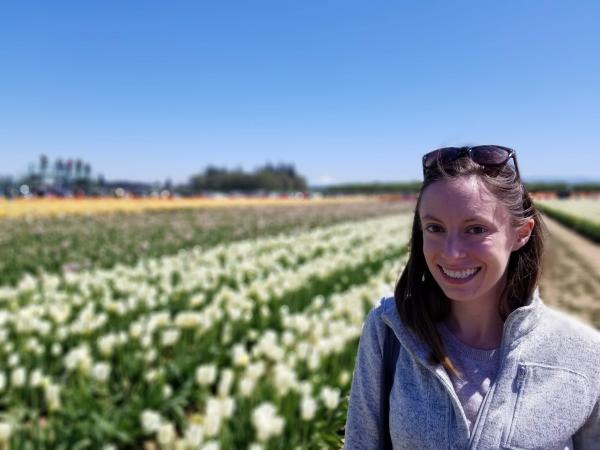Combining earthquake and tsunami early warnings along the west coast of the United States
Amy Williamson
University of California Berkeley

- Date & Time
- Location
- Online-only seminar via Microsoft Teams
- Host
- Annemarie Baltay
- Summary
Alerts sent through earthquake early warning (EEW) programs provide precious seconds for those alerted to take simple protective actions to mitigate their seismic risk. Programs like ShakeAlert have been providing alerts for felt earthquakes across the west coast of the US for almost 5 years. Earthquakes are also one part of a multihazard system and can trigger secondary natural hazards such as tsunamis and landslides. However in order to be effective and timely, EEW and tsunami forecast algorithms must rely on the smallest amount of data available, often with variable quality and without analyst input. This talk focuses on potential advances to EEW algorithms to better constrain earthquake location and magnitude in real time, providing improved alerts, particularly in network sparse regions. Additionally, this talk highlights work using real time data to generate rapid tsunami early warning forecasts, its feasibility, and the benefit of unifying earthquake and tsunami alerts into one cohesive public-facing alerting structure.
Closed captions are typically available a few days after the seminar. To turn them on, press the ‘CC’ button on the video player. For older seminars that don’t have closed captions, please email us, and we will do our best to accommodate your request.
 Jump to Navigation
Jump to Navigation